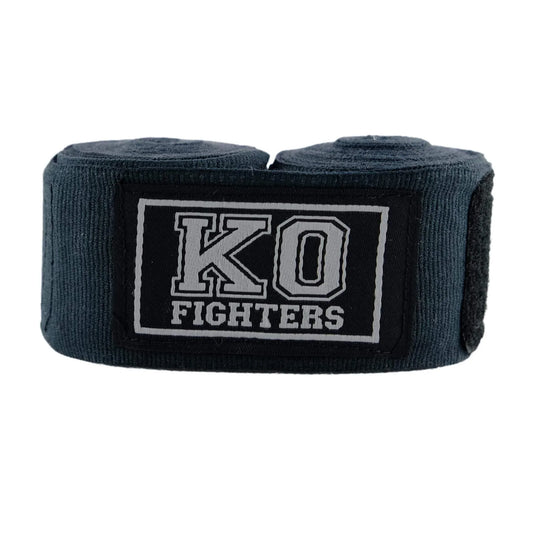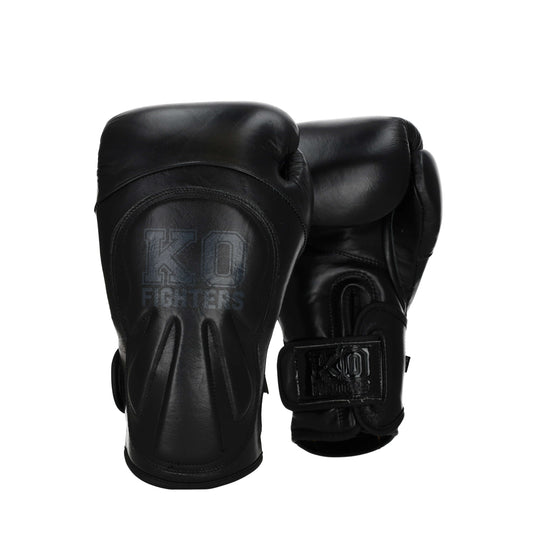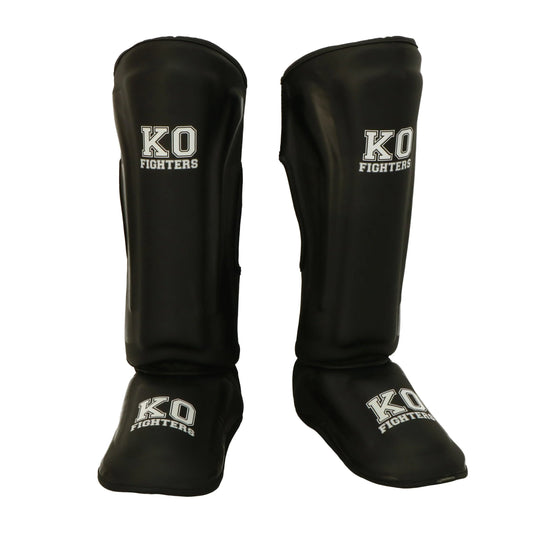What is the difference between inner gloves and traditional bandages?
Share
Kickboxing is a sport that demands a lot from your hands and wrists. Therefore, it is important to choose the right protection to prevent injuries. Two popular options are inner gloves (ready-made bandages) and traditional bandages. In this blog, we discuss the differences between these two protection methods so you can make an informed choice for your kickboxing training. The keywords for this article are: kickboxing, inner gloves, and bandages.
What are Inner Gloves?
Inner gloves, also called ready-made bandages, are gloves specially designed to be worn under your boxing gloves. They are made of a flexible, breathable material and often have a padded section for extra knuckle protection. Inner gloves are easy to put on and provide a quick solution for hand protection during kickboxing.
Advantages of Inner Gloves:
- Ease of Use: Inner gloves are quick and easy to put on, making them ideal for people who have little time or difficulty wrapping traditional bandages.
- Comfort: They offer a comfortable fit and can help keep your hands cool and dry during intense training.
- Protection: The padded knuckles provide extra protection against impact, which is important in kickboxing.
Disadvantages of Inner Gloves:
- Less Adjustability: Inner gloves may be less adjustable than traditional bandages, meaning you might not get the same tight and supportive fit.
- Durability: They can wear out faster than traditional bandages, especially if used regularly.
What are Bandages?
Bandages are long strips of cotton or elastic material wrapped around your hands and wrists for extra support and protection. Wrapping bandages is a skill in itself and requires some practice to do it properly. Traditional bandages offer a high degree of adjustability and protection, making them a favorite among many kickboxers.
Advantages of Bandages:
- Adjustability: Bandages can be wrapped tightly and precisely, giving you the exact amount of support and compression you need.
- Durability: They are usually more durable than binnenhandschoenen and can last through many training sessions.
- Protection: Traditional bandages provide excellent protection for the knuckles, hands, and wrists by evenly distributing impact.
Disadvantages of Bandages:
- Time-consuming: Wrapping bandages can be time-consuming, especially for beginners who have not yet fully mastered the technique.
- Comfort: When wrapped incorrectly, bandages can be uncomfortable and even restrict blood circulation.
Which Should You Choose?
The choice between binnenhandschoenen and traditional bandages depends on your personal preference and training needs. Here are some considerations you can make:
-
For beginners: Binnenhandschoenen can be a good start for beginners who want quick and easy hand protection. They are simple to use and provide sufficient protection for light to moderate training.
-
For experienced fighters: Traditional bandages are often preferred by more experienced fighters because of their adjustability and the extra support they provide. They are ideal for heavy sparring sessions and intensive training.
-
For convenience: If you often have little time to prepare for a training session, binnenhandschoenen are a handy option.
-
For maximum protection: If you want maximum protection and support, traditional bandages are the better choice. They offer more customization options and can be better tailored to your specific needs.
Conclusion
Both binnenhandschoenen and traditional bandages have their own advantages and disadvantages in kickboxing. Binnenhandschoenen offer ease of use and comfort, while traditional bandages provide superior protection and adjustability. Depending on your experience level, training intensity, and personal preferences, you can choose the option that suits you best.
At KO Fighters, we have a wide range of both inner gloves and traditional bandages, so you can always find the best protection for your hands. Visit our webshop to find the perfect pair for your kickboxing training!




